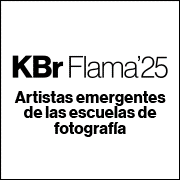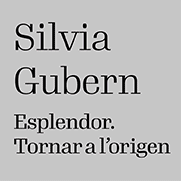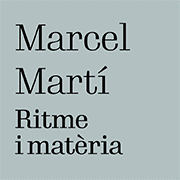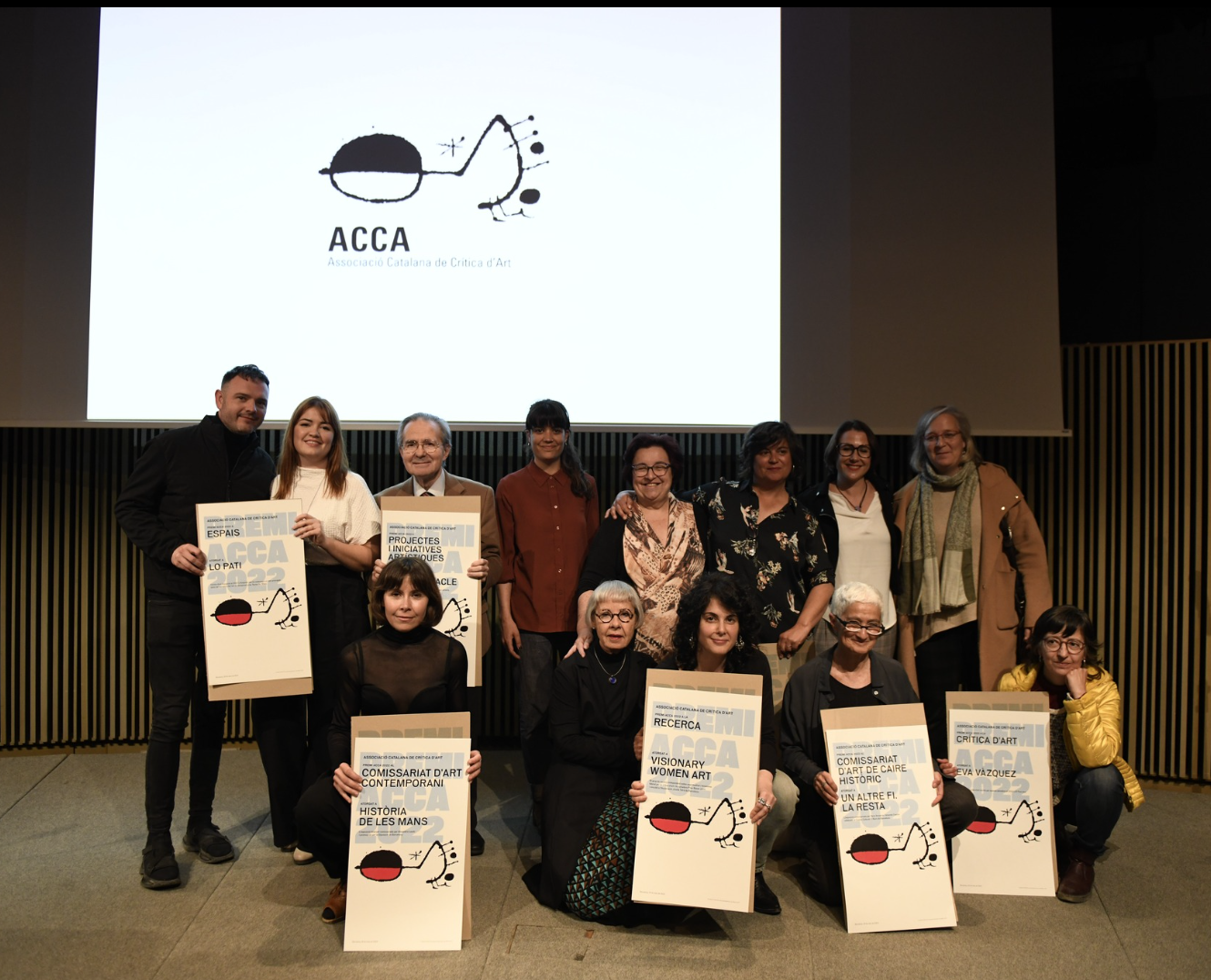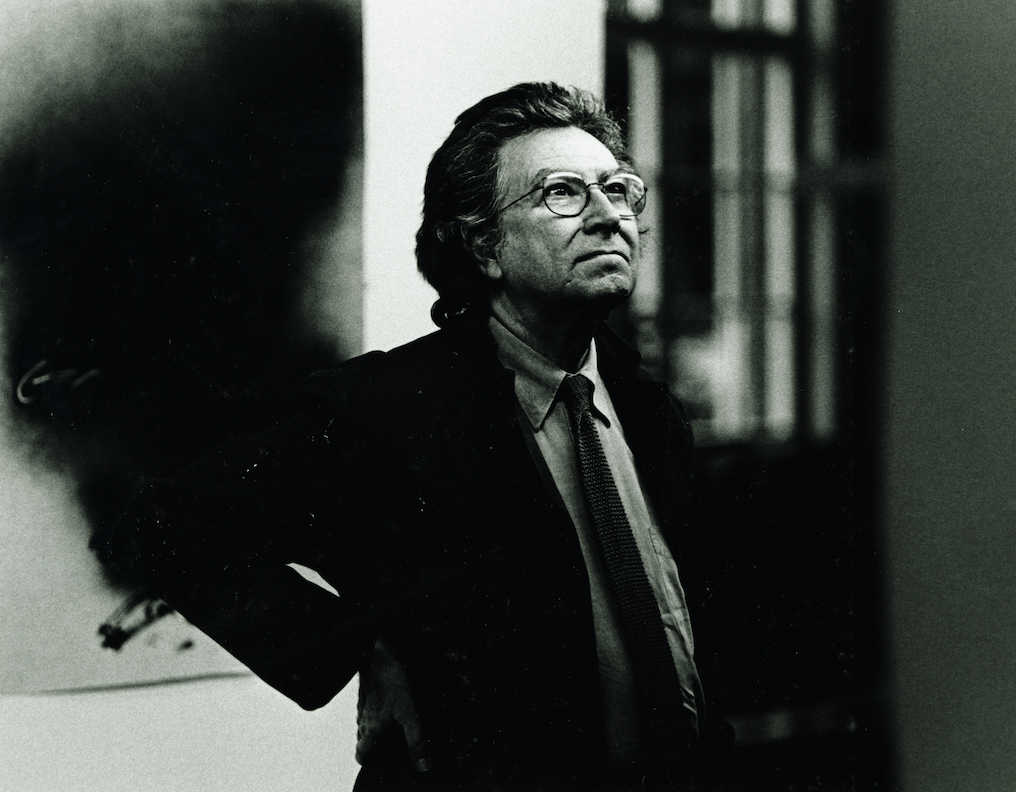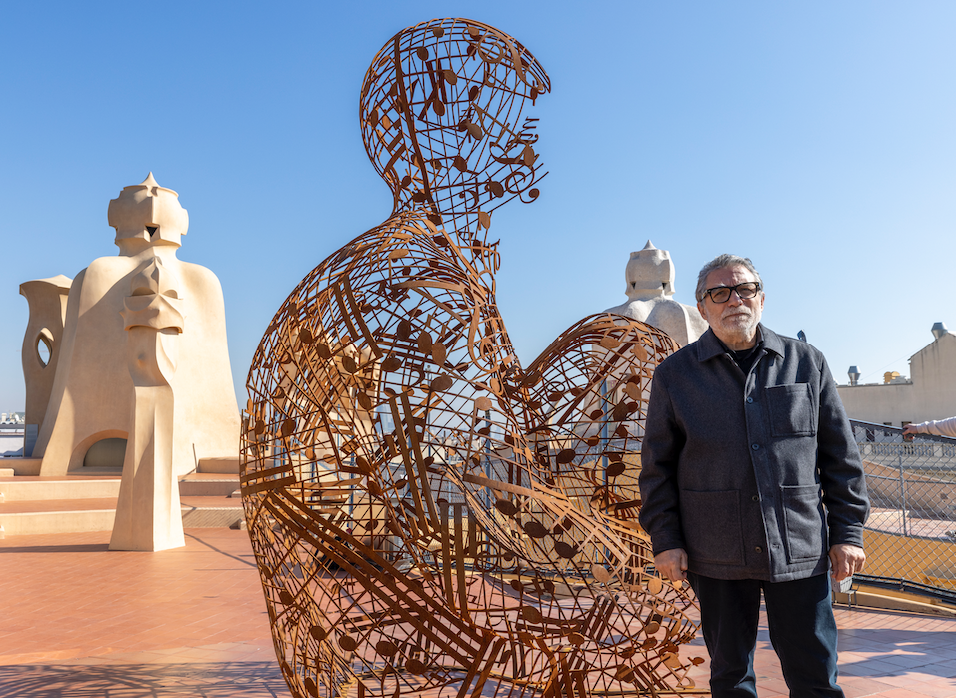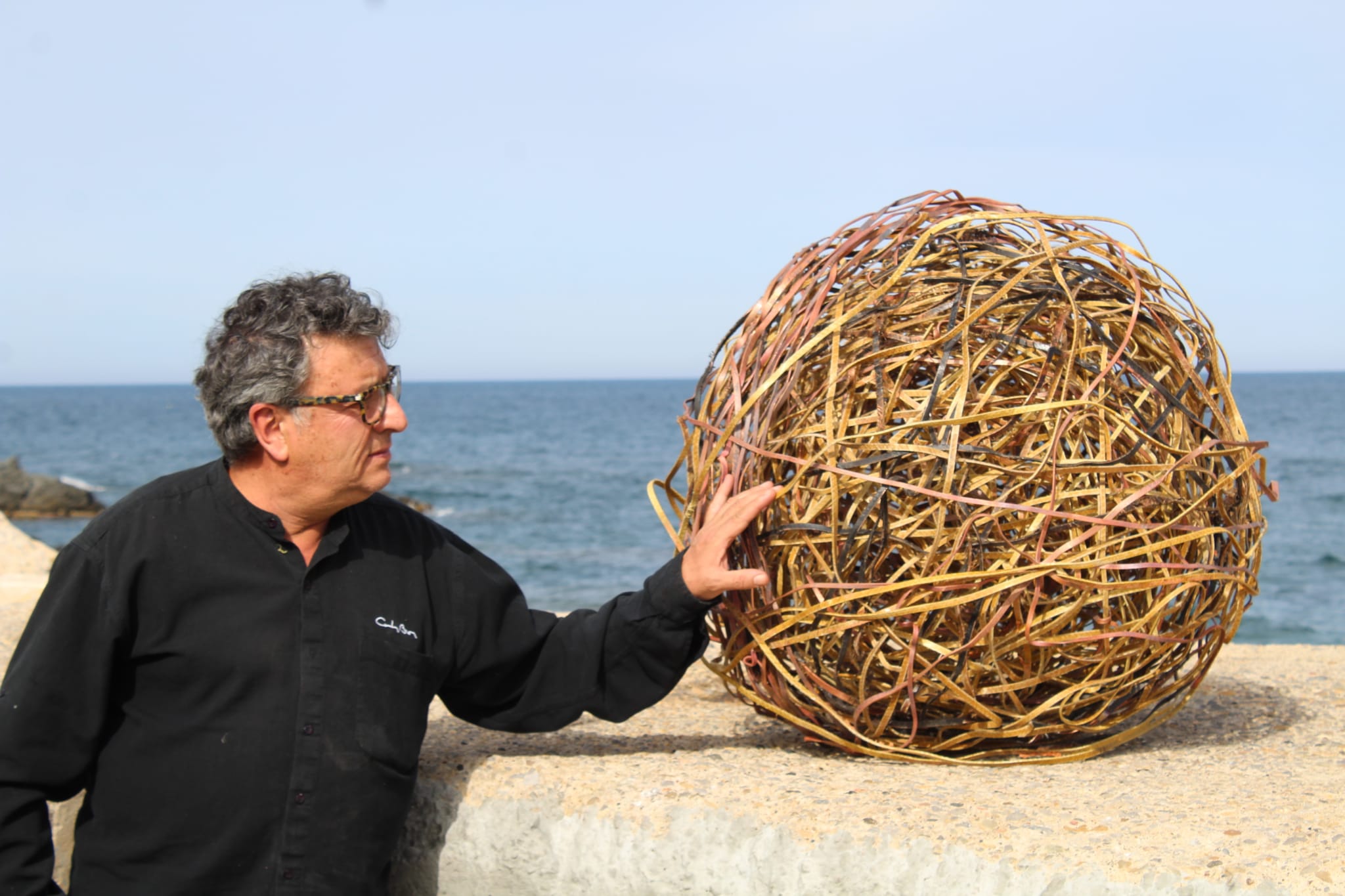Opinion
We are exquisite
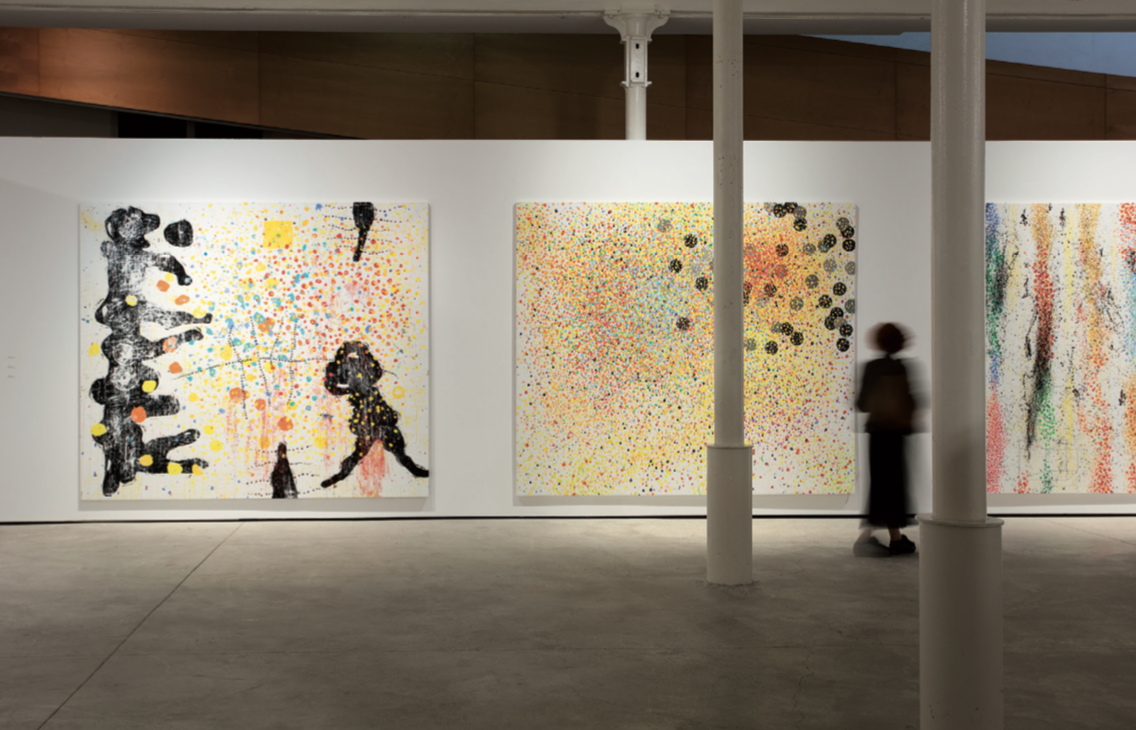
When a newcomer comes across our artistic context, he does not fail in the diagnosis: we stand out for a subtle, sophisticated, conceptualized, unpolluted art. We are exquisite in all registers of artistic practice: in the subtlety of presentation, in the precision of assembly, in the refinement of publications. It's a cultural brand that distinguishes us and that contrasts with more debauched artistic modalities that are found in other latitudes.
A plausible explanation is that the professionalization of the contemporary art sector was established in an artistic context, that of the nineties, immersed in the reception of neoconceptual art. A structure that generated a way of doing things and that over the years has been able to provide time, space and resources to refine all the elements of the chain of the creative process (with the exception, often, of the salary of the curators and artists!) .
In my practice as a curator, I have often found myself immersed in the vicissitudes that usually accompany the process of artistic refinement. It is necessary to strip, eliminate, clean, synthesize, refine. The precision of the lighting, the sinuousness of the wiring, the color temperature of the walls. Our context has become so refined that each artist or curator has its own specialist suppliers, displacing outdated institutional technicians.
Surely, faced with an overexposed reality of images and visual noise, we need to propose an unpolluted space for contemplation and a filtered relationship with the world of images. But this way of doing things, understood as an archetypal model, tends to exclude other more raw practices of art. We must not forget that we also come from an avant-garde artistic tradition that accepts error, chance, what is dirty, what is sinister, even, also, what is full, stuffy or natural .
Today there is a new generation that shows itself culturally without filters. Which uses Be Real as a social network, reacting against the made-up image of Instagram. That they tolerate error, chance, dirt. That they talk about mental illness, about spirituality, about ugliness. A new atmosphere that we see in the series Autoedición (Filmin), with the participation of Jaume Clotet or Eloy Fernández Porta.
In art, a few years ago we found artists working in a similar unfiltered current: I think of Sociedad 0, Pablo del Pozo, Víctor Jaenada, Marcel Juliana. Also in artists of the old school, such as Ferran Garcia Sevilla, in his colossal two-way exhibition, at the MNAC and the Tecla Sala Art Center (CATS). The Hospitalet exhibition is deliberately neglected in many places. Pictures not hung. With work saturation. With little textual account. Work done in situ , with mistakes and improvisation. But all of it, good or bad, vibrates. It is not exquisite but it alters and shakes us. Isn't that what art is about, too?


